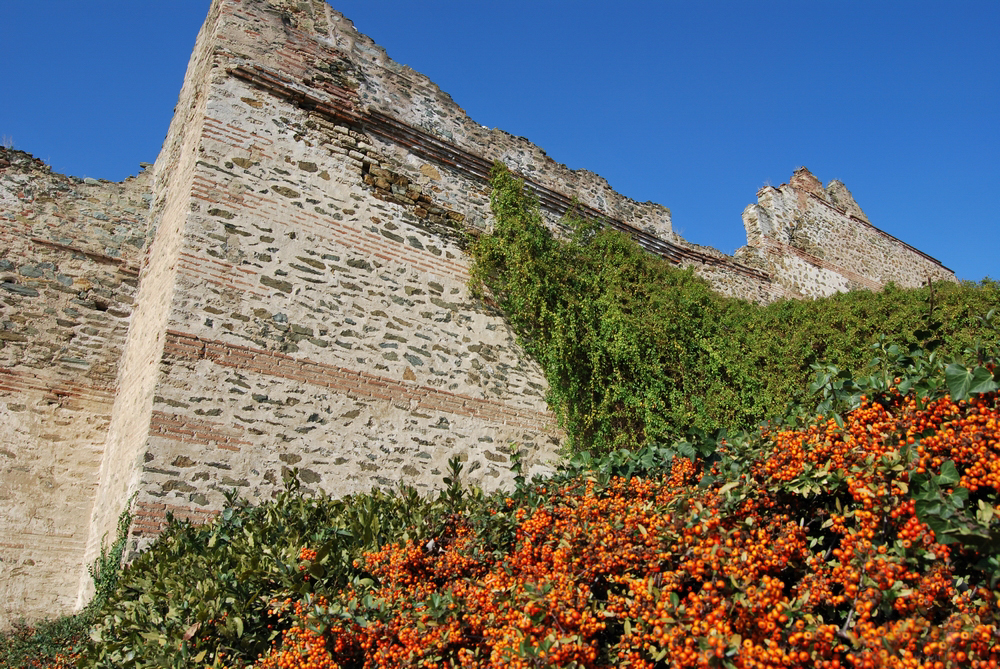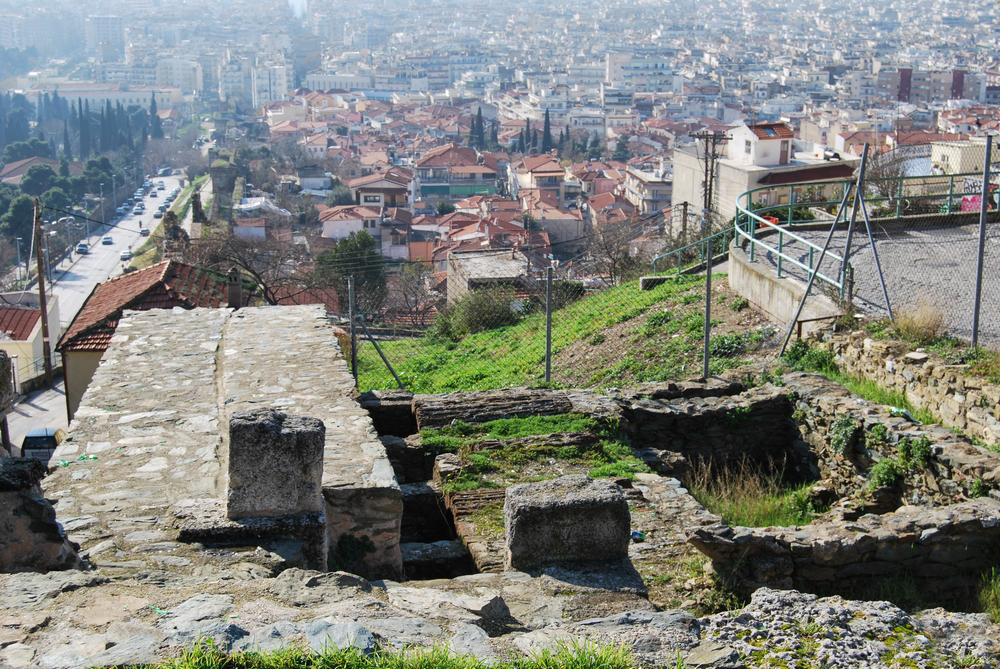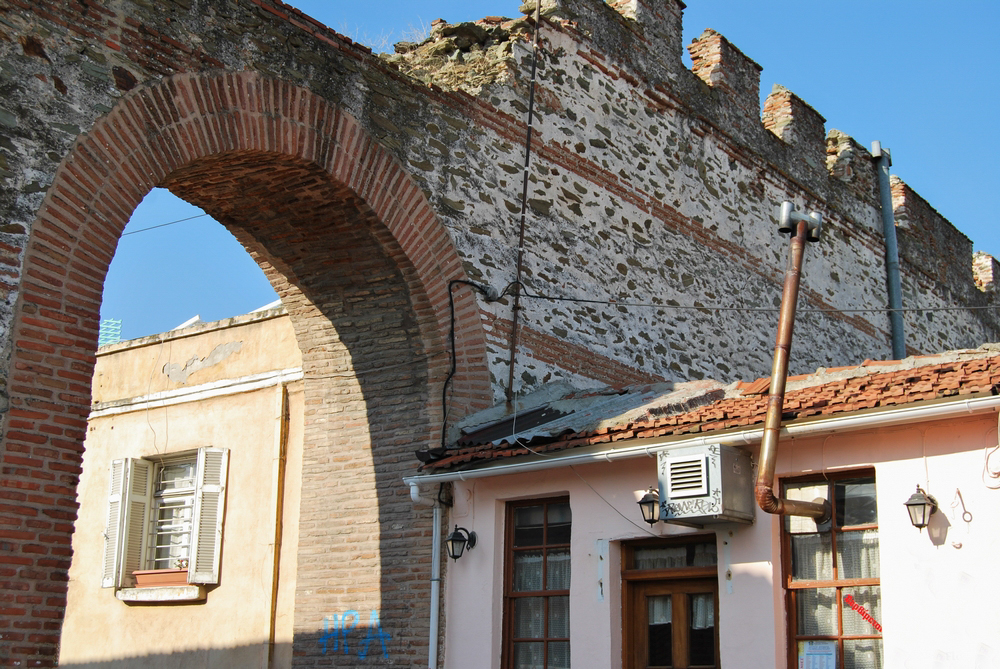Byzantine Walls
Their construction began during the Hellenistic period but the final structure (Byzantine Walls) dates to the 4th century AD.
Location
Timeline
Modern and Contemporary era (1912 - )
1970 From 1970 onwards, rescue operations and restorations began, intensified from 1996 onwards thanks to funding from European programs.
Ottoman era (1453- 1912)
1700 Dapper records 40 towers. A century later, the number had dropped significantly.
1869 From 1869 to 1874 the coastal walls were gradually demolished and by the beginning of the 20th century parts of both the western and eastern walls were removed.
Byzantine era (331 AC- 1453)
Took their final form at the end of the 4th century AD.
904 AD Τhe Saracens attacked the city and caused severe damage to the walls.
1342 The Zealots tortured and gave the Hesychasts a horrible death, by throwing them from the walls.
1355 Next to the eastern "Portara", the gate of Empress Anna Palaiologina was opened.
Roman era (30 BC- 330 AC)
3rd century AD: The walls were reinforced and the Golden Gate was integrated into the western walls.
Hellenistic era (322- 31 BC)
315- 316 BC Founding of Thessaloniki by Cassander. Creation of a fortified enclosure.

















Share